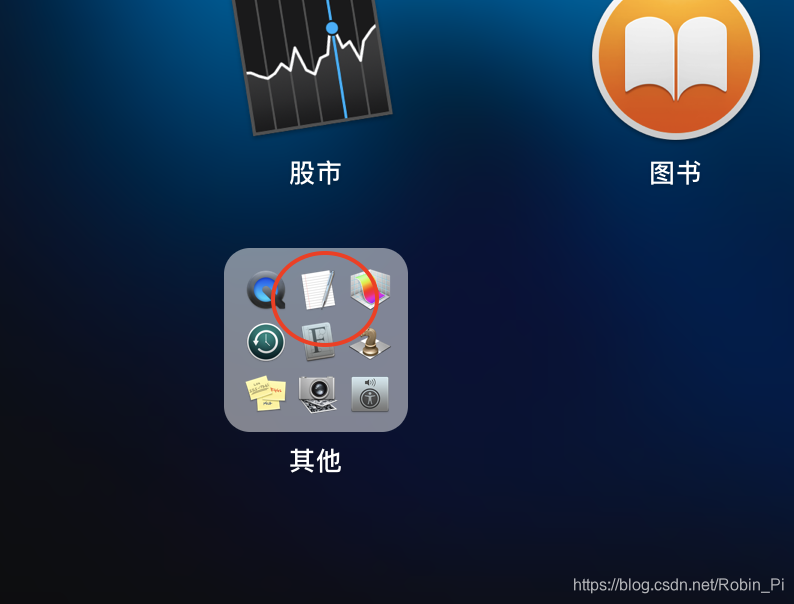Mac OS 如何快速新建一个文本文档 txt,像Windows
本文共 262 字,大约阅读时间需要 1 分钟。
文章目录
Mac OS 上的 右键菜单并没有类似 Windows 系统的“新建文本文档”;
那有需要的时候,如何使用 Mac book pro 快速新建一个txt?Step1:找到自带的文本编辑
点击启动台——找到系统自带的工具——‘’文本编辑‘’


Step2:编辑格式

Step3:存储,选择文本编码

Step4:存放
放在一个可以随手取到的地方,随用随取(复制-黏贴),比如桌面
另解: iRightMouse
想要更为强大的工具,可以下载 iRightMouse,效果如下:

上面很多内容是可选的!很强大的一个工具。

转载地址:http://pqbd.baihongyu.com/
你可能感兴趣的文章
MySQL的错误:No query specified
查看>>
mysql监控工具-PMM,让你更上一层楼(上)
查看>>
mysql监控工具-PMM,让你更上一层楼(下)
查看>>
MySQL相关命令
查看>>
mysql社工库搭建教程_社工库的搭建思路与代码实现
查看>>
Warning: Can't perform a React state update on an unmounted component. This is a no-
查看>>
mysql笔记 (早前的,很乱)
查看>>
MySQL笔记:InnoDB的锁机制
查看>>
mysql第一天~mysql基础【主要是DDL、DML、DQL语句,以及重点掌握存存引擎、查询(模糊查询)】
查看>>
mysql第二天~mysql基础【查询排序、分页查询、多表查询、数据备份与恢复等】
查看>>
MySQL简介和安装
查看>>
MySQL简单查询
查看>>
MySQL管理利器 MySQL Utilities 安装
查看>>
MySQL篇(管理工具)
查看>>
mysql类型转换函数convert与cast的用法
查看>>
mysql系列一
查看>>
MySQL系列之数据类型(Date&Time)
查看>>
MySQL系列之数据类型(Date&Time)
查看>>
Mysql系列之锁机制
查看>>
Mysql系列九:使用zookeeper管理远程Mycat配置文件、Mycat监控、Mycat数据迁移(扩容)...
查看>>